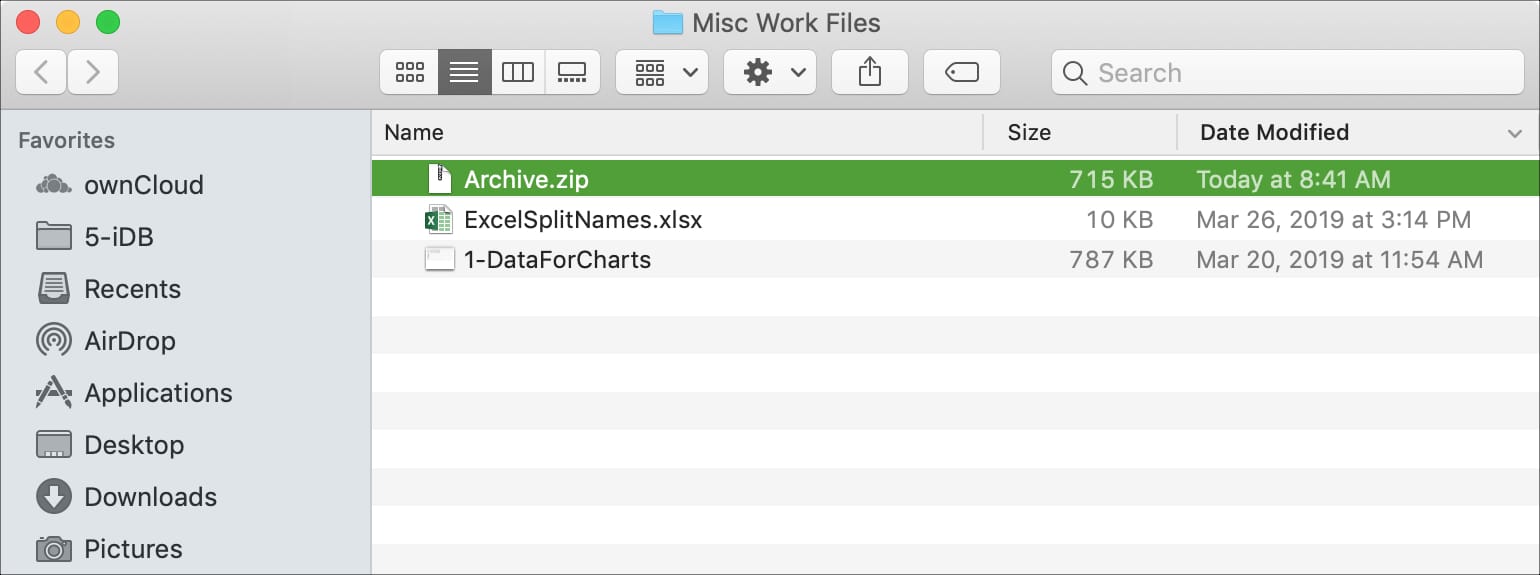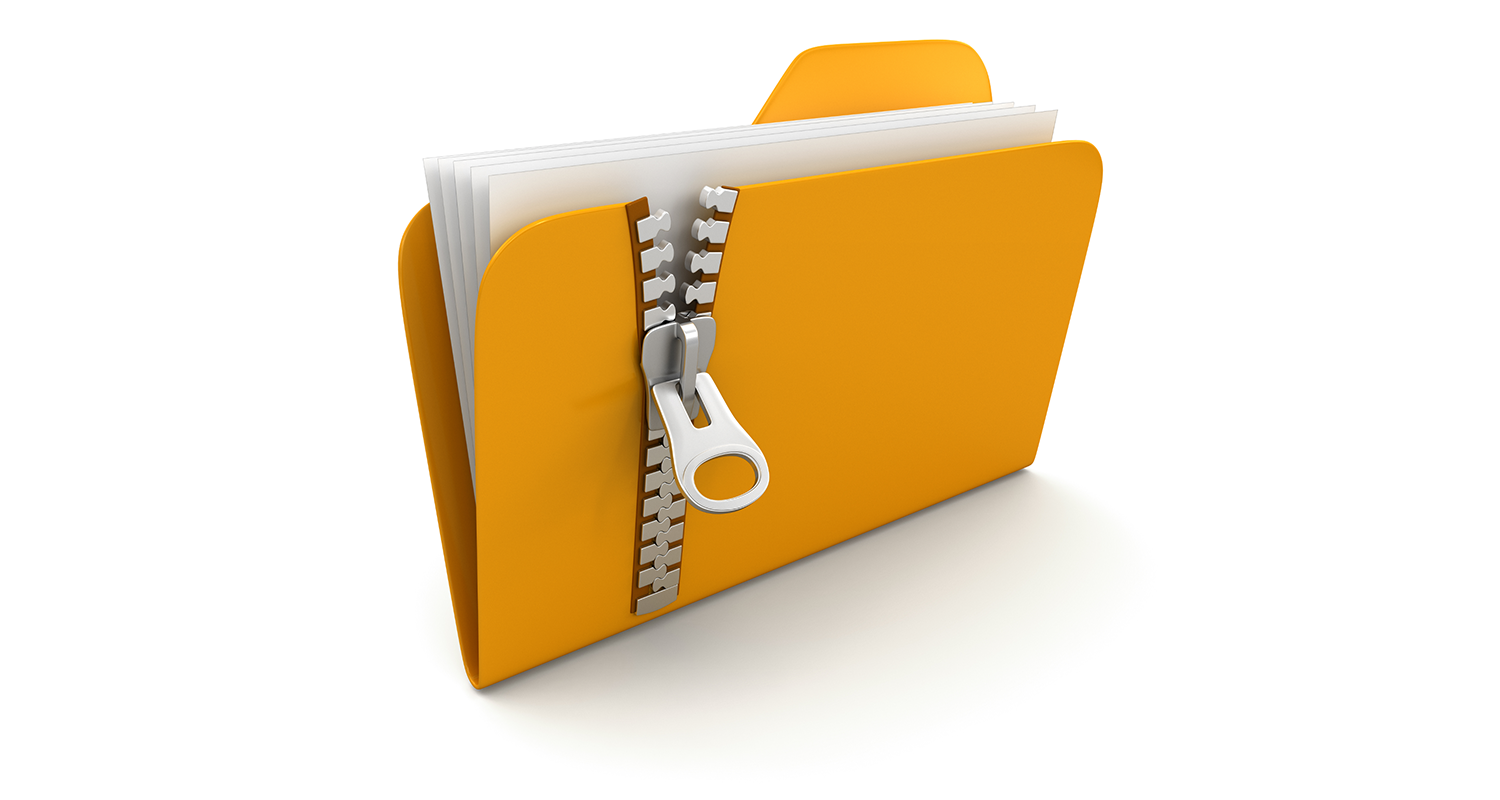

- #File extractor for mac install#
- #File extractor for mac zip file#
- #File extractor for mac update#
- #File extractor for mac archive#
On a Mac running Mac OS, create a ZIP file by right-clicking files in Finder and select "Compress.On Windows or PC, to create a ZIP file, right-click files in Windows Explorer and select “Send to -> Compressed (zipped) Folder.”.ZIP Extractor and most modern operating systems have built-in functionality to create ZIP files.
#File extractor for mac archive#
Common files that can be included in a ZIP archive include PDFs, images, videos, and Microsoft Office documents including Microsoft Word, Microsoft Excel, and Microsoft PowerPoint (*.DOCX, *.XLSX, *.PPTX file formats). ZIP files can contain multiple files of different types. A tax accountant ZIPs and emails a copy of a person's federal and state tax returns for review before filing with the IRS.A university student ZIPs a homework assignment and related files and sends it to their instructor or professor in a classroom or online degree program.An attorney or lawyer for a law firm creates a ZIP file containing a set of related legal documents such as a will, trust, claim, or other estate planning documents.A real estate agent scans and ZIPs a sales contract and sends it to a mortgage broker for a home loan when buying a home.A car insurance agent ZIPs and emails information related to a person's health insurance, homeowner's insurance, auto insurance, or life insurance policy.Here are some specified real-world examples of actual usage of ZIP files: ZIP files are common across a variety of business areas, including industries ranging from medical, insurance, legal, mortgage, banking and financial, scientific, equities and trading, SEO (Search Engine Optimization), and education industries. ZIP files are commonly found as both Gmail attachments and Google Drive, as well as other cloud-based storage systems such as Dropbox and Microsoft OneDrive. Today, the ZIP file format is widely supported, with billions of such files in circulation. The receiver of a a ZIP file would then use a decompression program to extract, or "unzip," the file contents onto a user's computer. It also allowed for multiple files and folders to be grouped together ("zipped") and transferred as a single ZIP file. Using ZIP compression often saved minutes or even hours off of file transfers. At that time, file transfer speeds were much slower than today.

The ZIP file format dates to the late 1980s when it received heavy use in pre-internet-era Bulletin Board Systems (BBSes). The ZIP file format is very popular for efficiently storing and transferring groups of files in a variety of business and personal applications.
/file-extractor-56a323865f9b58b7d0d08f37.png)

IMPORTANT NOTE:Your settings will not be saved during the installation of this update.
#File extractor for mac install#
StuffIt for Windows 2009 is currently not a 64-bit application, but it does install and run on an 圆4 system using the 32-bit emulator included in Windows 圆4. IMPORTANT NOTE: his patch installs a 64-bit version of the StuffIt shell extension to give StuffIt users access to the context menu feature on 64-bit versions of Windows. Version 13 圆4 Shell Extension (Deluxe 2009) 4.3MB.Version 13 Plugins (Deluxe 2009) English 15.5MB.IMPORTANT NOTE: If you are upgrading an x86 version of StuffIt 2010 from 14.0 to 14.0.1, you will first need to uninstall StuffIt using Add/Remove Progams in Window's Control Panel. In addition, once updated, the version number displayed for the application will not change to 9.0.2, but the appropriate component parts will be updated. IMPORTANT NOTE: This will only work if you have StuffIt Deluxe 9.0.1 installed.
#File extractor for mac update#
IMPORTANT NOTE: This update INCLUDES the ugin


 0 kommentar(er)
0 kommentar(er)
